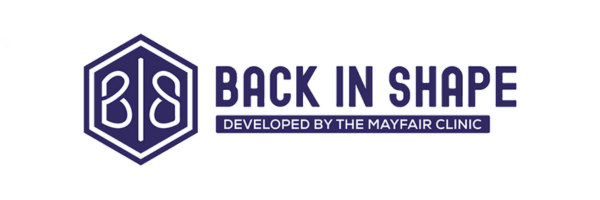IDD Therapy
- Home
- Services
- Spinal Decompression
SPINAL DECOMPRESSION
IDD Therapy To Unload Spinal Discs
IDD Therapy is a form of spinal decompression. This is a gentle computerised means of taking pressure of the discs of the low back and neck. As opposed to traditional traction of years gone by, IDD Therapy works to gently pump the discs in the target area of the spine to help take pressure off disc herniations and bulges.
Sometimes confused with surgical decompression, spinal decompression through IDD Therapy is a non invasive way to create more space or “decompress” the spine, taking pressure of damaged discs, helping restore hydration to the discs & ultimately improving the healing that’s trying to take place.
Why Is IDD Therapy An Irreplaceable Treatment?
It provides a safe, effective and repeatable means of providing treatment to the area that is injured. Unlike other treatments that either work indirectly on the cause or require more uncontrolled movements, this form of spinal decompression is done with precision and remarkable comfortable from the patient point of view. Often patients will doze off while treatment is taking place!
Below are just a handful of cases where IDD Therapy shines:
Whether chronic or acute, this gentle approach to targeting the cause of the problem works wonders to contribute to the healing process.
The root cause of sciatica is in the lower lumbar spine. Those with sciatica will frequently notice the receding of pain in the leg happening during the treatment.
The pumping mechanism that IDD Therapy creates is particularly helpful for those with degenerative or dehydrated discs, helping promote fluid and nutrient exchange.
As the spine is gently stretched discs which have been compressed to the point of bulging or herniating sideways begin to be pulled back towards the centre during the treatment, that’s to the centripetal force generated.
It is not just the lower back but also injuries such as those above that can also occur in the neck, disc injuries and trapped nerves as well as degeneration in the cervical spine can all benefit in exactly the same way.
Ultimately IDD therapy makes up one part of a complete treatment approach to help improve your lower back health and optimise healing. It is a direct antidote to the daily habit of excessive sitting that we’re all guilty of and an essential, not only if you’re struggling with a low back or neck injury either. Many active individuals, after recovering from treatment find it a wonderful maintenance treatment option too.
WHAT TO EXPECT
IDD Therapy In Action
You’ll start out being harnessed up with both an upper body and waist harness. You’ll then stand leaning against the table which will slowly be lowered down to the lying position. Once horizontal, arm bolsters to support your upper body, and a knee cushion will be placed in position and the straps attached to the machine. Once checks are complete the treatment will begin. The IDD machine then gently pulls on the waist harness slowly decompressing the lumbar spine. The machine will reach a maximum pull, defined by the practitioner, and then relax to a lesser pull. Treatment will move back and forth slowly between the two pulling levels for the duration of the session. When your session’s complete, you’ll be unstrapped and the table will raise you back up to standing, and you can walk right off the machine.
One of the challenges that people with back pain face, and to a lesser degree neck pain too, is getting on and off treatment benches, the movements themselves can often be provocative in the early days. This is why we always finish sessions with the IDD Therapy as getting up after the good work has been done is “done for you”! You can walk right off without having to struggle off a treatment bench and straining you back!
Services

K-Laser Therapy
Class IV Laser

Vibration Therapy
Release Muscle Tension

Spinal Adjustment
Instrument Joint Mobilisation

Spine Analysis
Understand Your Spine
